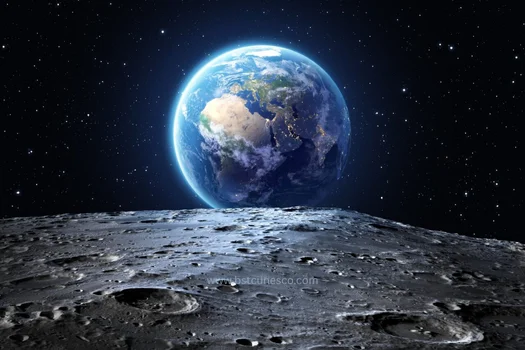The Moon exerts a gravitational pull on Earth, causing our planet to become slightly egg-shaped. This phenomenon has a significant impact on Earth’s water, more so than other factors, as it creates tides. These tides cause the oceans to pile up on one side of the planet, forming a “tidal bulge.” As the Moon orbits Earth, this bulge moves with it.
Since Earth rotates faster than the Moon – 24 hours compared to the Moon’s 27.3 days – the tidal bulge moves slightly ahead of the Moon’s position in its orbit. The Moon tries to catch up with this bulge, effectively slowing down Earth’s rotational speed over time.
As the two celestial bodies interact through gravity, this tug-of-war causes Earth to lose energy while the Moon gains it. The result of this energy transfer is that the Moon is slowly moving away from Earth at a rate of 3.8 centimeters per year. This process has been occurring for millions of years, affecting both the length of Earth’s day and the Moon’s position relative to our planet.
Resources:

